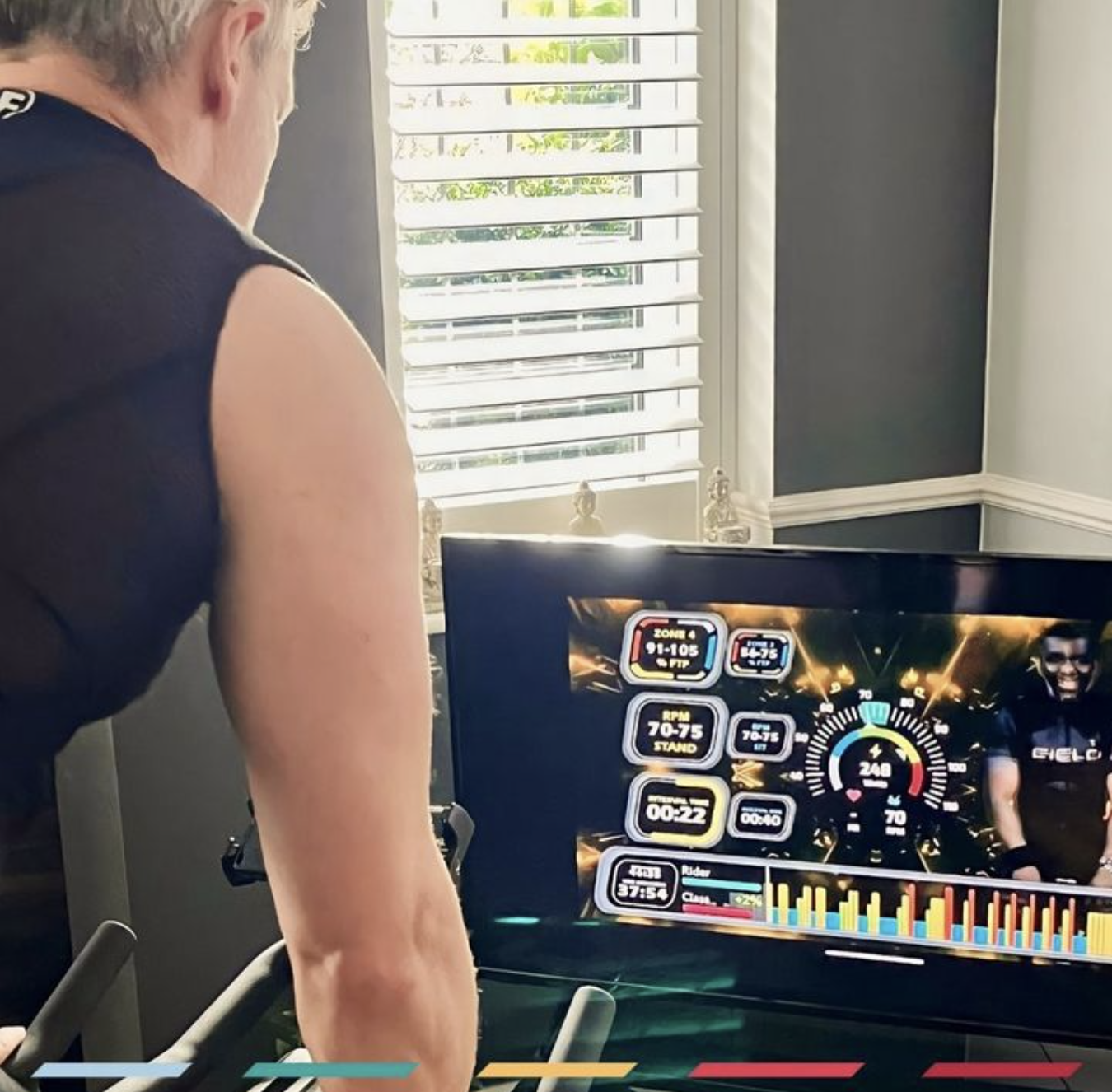Whether it’s a two-week planned holiday to the beach or moderate respiratory infection, there is nothing worse than seeing your hard-fought gains fading away because of everyday situations. Whether or not your training interruption is pleasant, when life happens, there will be some physiological regressions that will impact your cycling performance. All is not lost, however, as these setbacks are temporary and occur at various rates.
The Principle of Reversibility
Reversibility is also known as losing training-induced adaptations in response to insufficient training stimuli. When intensity, duration, or frequency of training is reduced, a gradual loss of fitness will occur. For the purposes of this post, we will focus on short-term detraining (≤4 weeks) rather than a programmed taper prior to a goal race or event. These changes have been shown to be more moderate in recently trained individuals as opposed to elite athletes with years of training. There are several components of fitness, including muscular strength, muscular endurance, and cardiovascular endurance.
Week 1
The first impact of training cessation is a decrease in the body’s ability to transport and use oxygen. Research has shown that by the end of week 1 there is a ~8-10% decrease in VO2Max and blood volume. The stroke volume of each heartbeat decreases and the heart rate rises in an attempt to send the same amount of blood to exercising muscles. This rise in heart rate has been an ineffective counterbalance and as a result, maximal cardiac volume is reduced and RPE (rate of perceived exertion) increases.
Week 2
The body now has a higher reliance on carbohydrates as a fuel substrate in both submaximal and maximal exercise efforts, which means your muscles will find it harder to produce energy from your fat stores. This is represented as a higher respiratory exchange rate ratio. Muscle glycogen storage levels are adversely impacted and lactate threshold levels drop. These all impact the body’s metabolic rate and the mitochondrial activity in muscle cells begins to drop rapidly. At this point, the maximum heart rate has increased by ~5% and cardiac output has declined by ~8-12% Further drops in cardiac output are unlikely as this stabilizes to the new levels around this time. At this point in time, there is a significant decline in your FTP.
Week 3
The body becomes less efficient at cooling itself. In recently trained athletes, all positive effects of exercise on blood pressure are completely reversed and all values of insulin sensitivity and mitochondrial enzyme activity decline back to pre-training levels.
Week 4
Muscle capillary density and oxidative enzyme activities are significantly reduced. Many athletes observe atrophy at around a ~10-15% loss of muscle mass, which is replaced by fat. Muscle strength at this point decreases by as much as 20% and peak power output has dropped.
In Conclusion
The rate at which these physiological adaptations occur highlights the importance of maintenance and following retraining programs after extended periods of inactivity. For breaks of over two weeks, you’ll need some kind of training stimulus to avoid a bigger decline in your fitness. The good news is it takes about as long to gain fitness as it does to lose it. While cardiovascular values may recover in a few days, longer training periods might be required to regain pre-detraining levels of muscle oxidative capacity and function. Base fitness that has been developed over months declines on a more gradual basis while maximal effort fitness begins to decrease after just a few days.




